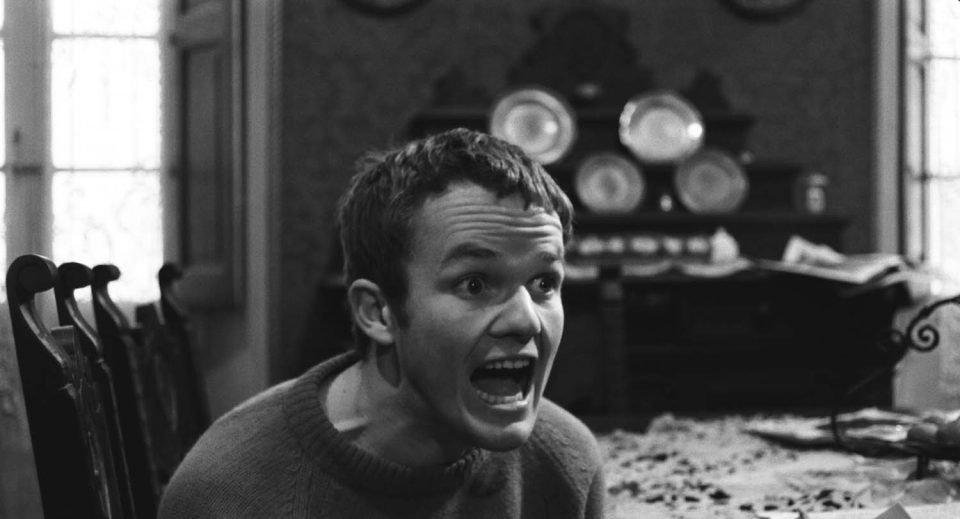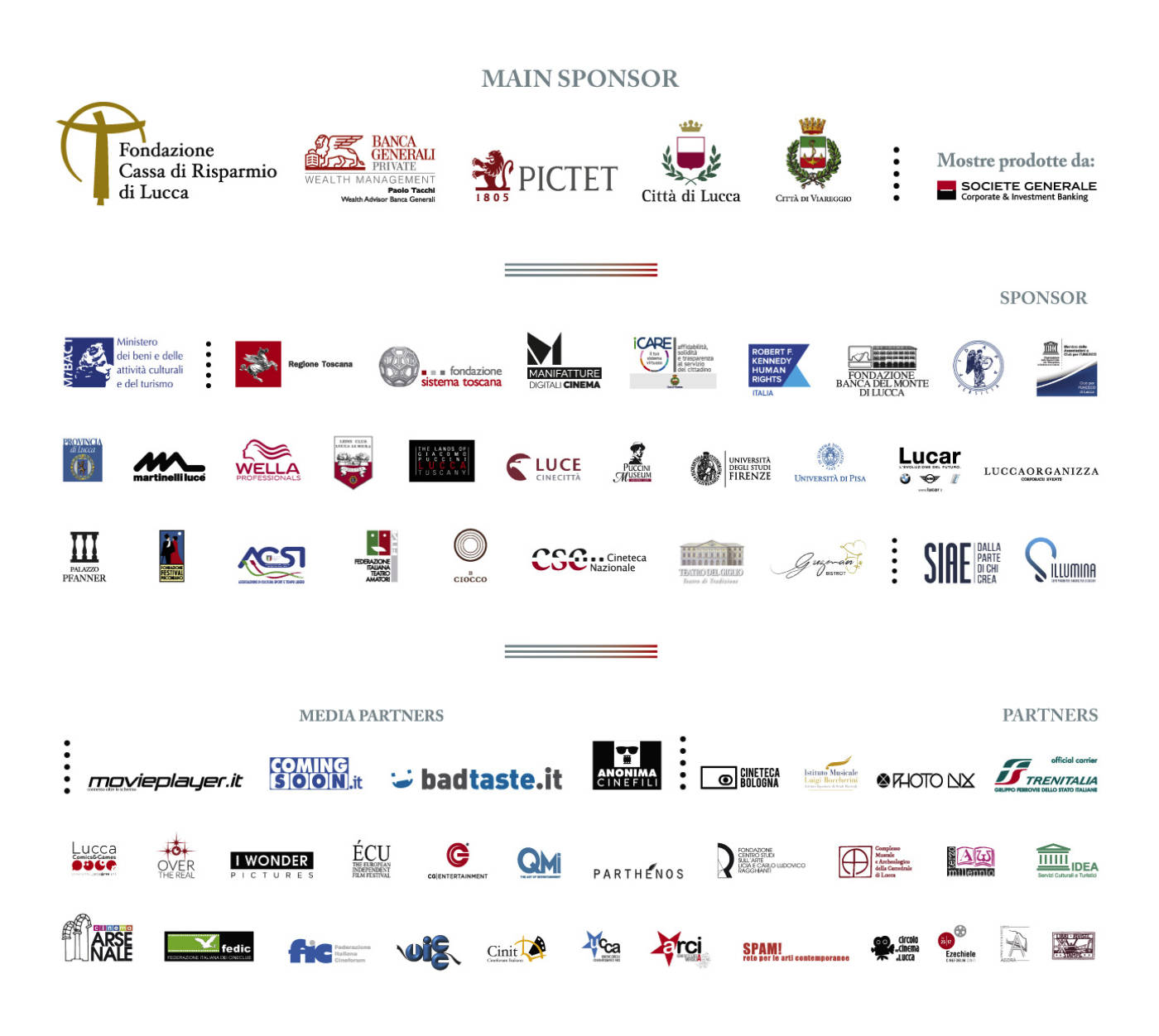The first period: Fists in the pocket and the juvenile anger
There are really few movies that, after fifty years ( fifty-two to be precise), are still seen as contemporary and audacious as they were in the past. Bellocchio made his debut when he was twenty five, without any experience nor budget. “Fists in the pocket” is the movie that invented a new genre, a new “kammerspiel”. The dysfunctional family, described by Bellochio, of which the protagonist wants to “get rid of”, becomes a symbol in Italian cinema. The critics have praised the movie, both for the political and aesthetic qualities of it. The drifters from Bobbio, infact, thought the cinema, at least in his first period, was supposed to political and full of “anger”; the medium, is an expression a young generation that wants to free itself from the legacy of its “fathers”.
This masterpiece was the demonstration of the unlimited possibilities of cinema. It showed to the young directors that to make a movie, you only need a camera and he actually shot the movie in his house, with a very young Lou Castel, playing his first role ever. The artistic path of the Italian director, was aimed to reveal the sickness of the traditional “bourgeois family”. In the next years, he remained faithful to this poetica, as he shot “China is near“ and “In the name of the father“. After a phase in which he directed many theatrical adapations, like “The Seagull” or “The prince of Homburg“, he started a new and more mature political phase, during which he dealt with Italian’s history major problems in a peculiar way.
The maturity’s phase: From My mother’s smile to Bella addormentata
The “maturity” comes from a director’s different approach to cinema. In his most recents features is easy to notice it. The “anger” leaves the stage to wiseness; the director sees things in a calm and more objective way. “My mother’s smile” is the most suitable example. It’s a kind of grotesque story, in which one of the protagonist’s brother has killed his mother because he found her stupid and religious. The family, anyway, tries to make the mother become a “saint”, in order to bring the family back to its old nobleness. The analogies with “Fists in the pockets“ are crystal clear, but the movie is different. Bellocchio began to make audacious movies about some of the most complicated event in Italian’s history. He portrayed the Moro’s kidnap in “Buongiorno, notte“, as seen by one of the kidnapper. In 2009, with “Vincere“, he used Mussolini’s secret love affair to depict the history of that period. The last piece of the trilogy is “Bella addormenta“, one of the bravest movies of the last years. In this feature, is told the troubled story of Eluana Englaro, trough the eyes of several and different characters and stories.
La pittura dentro l’obbiettivo: Bellocchio’s work of art.
The Lucca Film Festival and Europa Cinema of 2016 had Bellocchio as one of the main guests. An exhibition was organized, in which the early work of Bellocchio as a painter were shown. The director, infact, from twenty to twenty three, some years before he started to work in cinema, had painted several “pop Art” pictures, that often show human beings in an house, like his cinema does. In addition to them, many “storyboards” were shown, from his early works to his contemporary ones. Luckily, the visitors could admire the changing in Bellocchio artistic vision, as he kept enriching the scene, trough a more extended use of light and costumes



